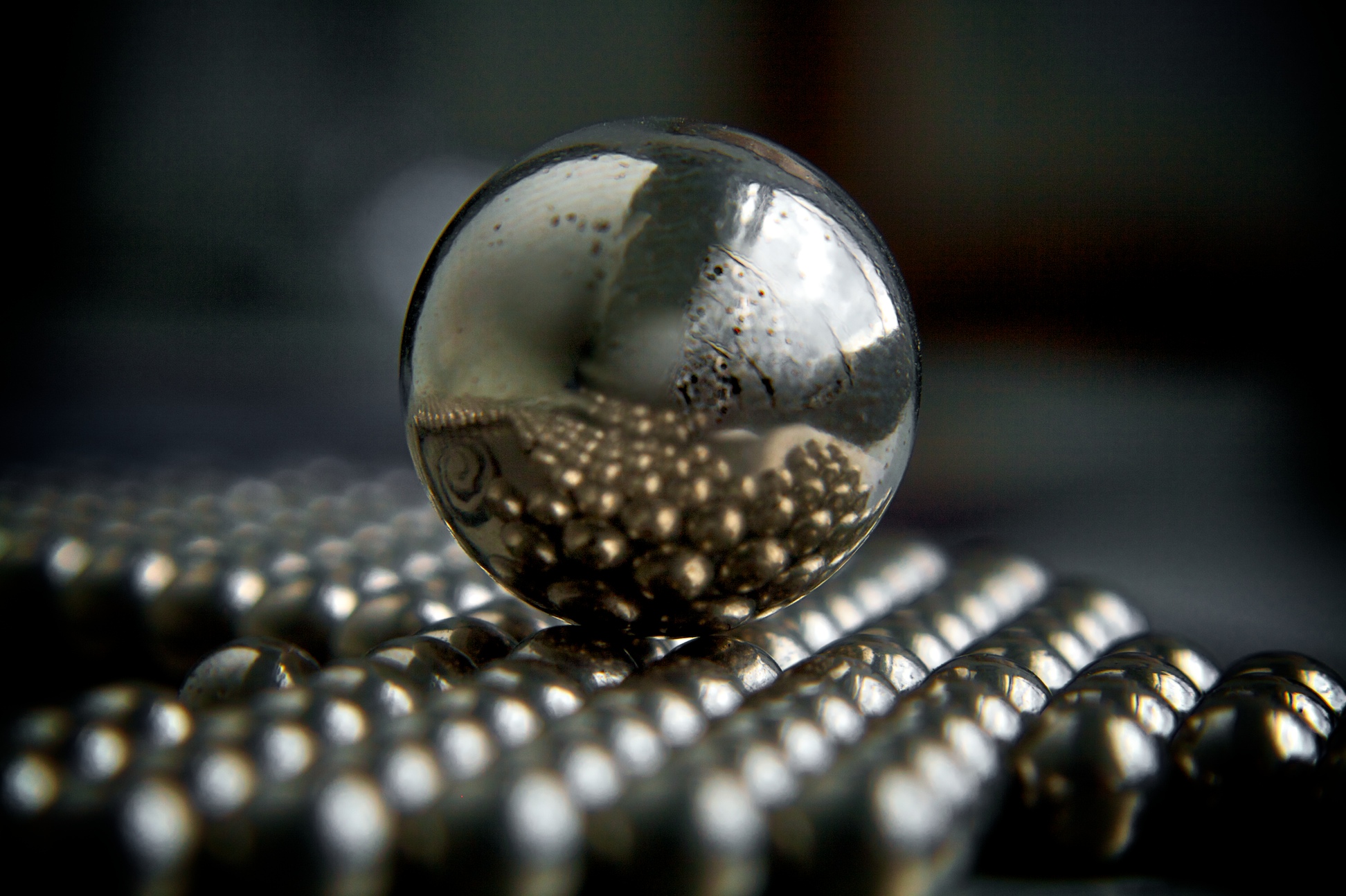
The main problem with flat-earth theory is that their claims are never followed up with experimentations to test the claim. The most prime example is the claim that Earth only looks spherical because all photos are done with a fish eye lens which warps the photo into a sphere.
At first glance, this claim seems plausible. For example, examine the image below. It's a perfectly normal object that is now distorted to show a spherical bulge.
If this photo is the only thing we knew about fish eye lenses then maybe the claim by flat-earth theorists could hold water. However, there are a few factors that flat-earthers never consider when discussing the fish eye theory.
1) For the fish eye lens to create an artificial bulge like the image above, the camera would have to be facing directly down onto the face of the Earth and would need to be relatively centered. This would make flat-disc earth look spherical. If taken at even a slight off-center angle and the disc of the earth would anything but a sphere. To better explain this, below are two examples of possible camera angles if one was taking a picture of a disc. Only one of these two photos would result in a circular object. The one that is taking the image looking straight down on the object, in the center of it. Any other angle or location would result is a picture that is no longer spherical.
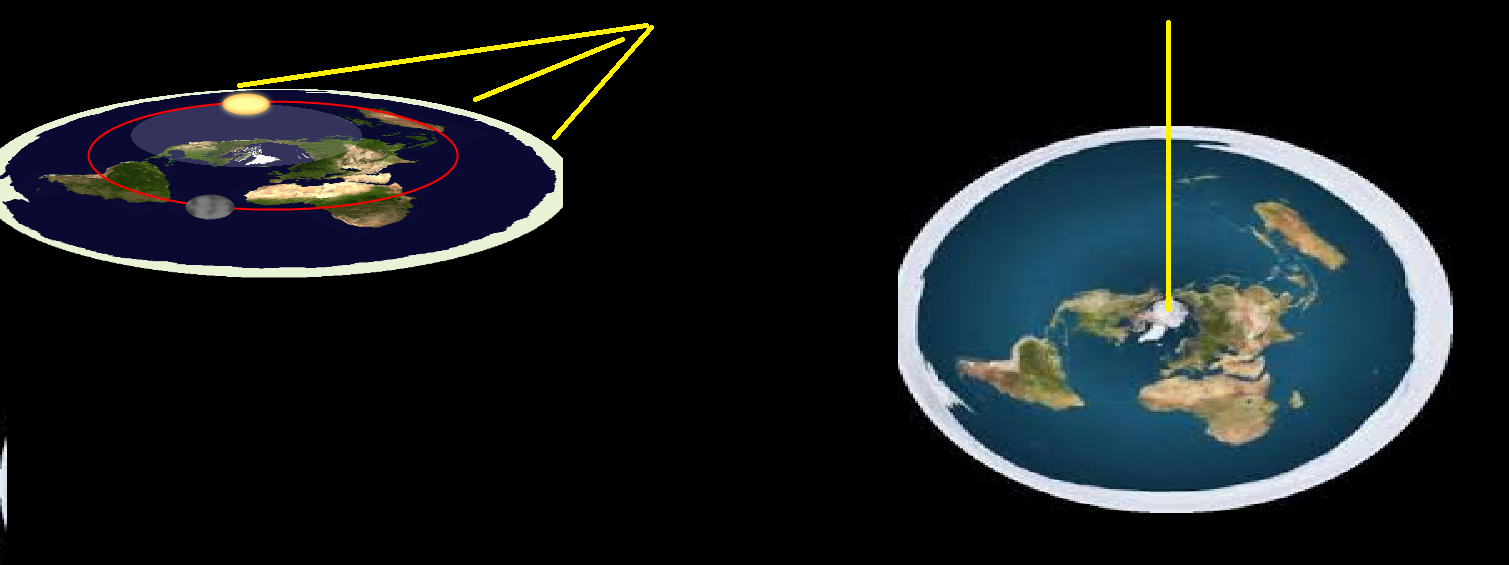
But we know that the "fake" photos of the Earth are taken from the vantage point of North America usually. That is why the USA is centered on the image. But unless the USA is dead centered on the disc no sphere could be created by taking an image of the disc. Had the image been taken above the North Pole, it might look spherical but the USA would be obscured on the very outside of the sphere. On top of that the disc would look more like a bath tub. To better demonstrate this, glance at the photo below.
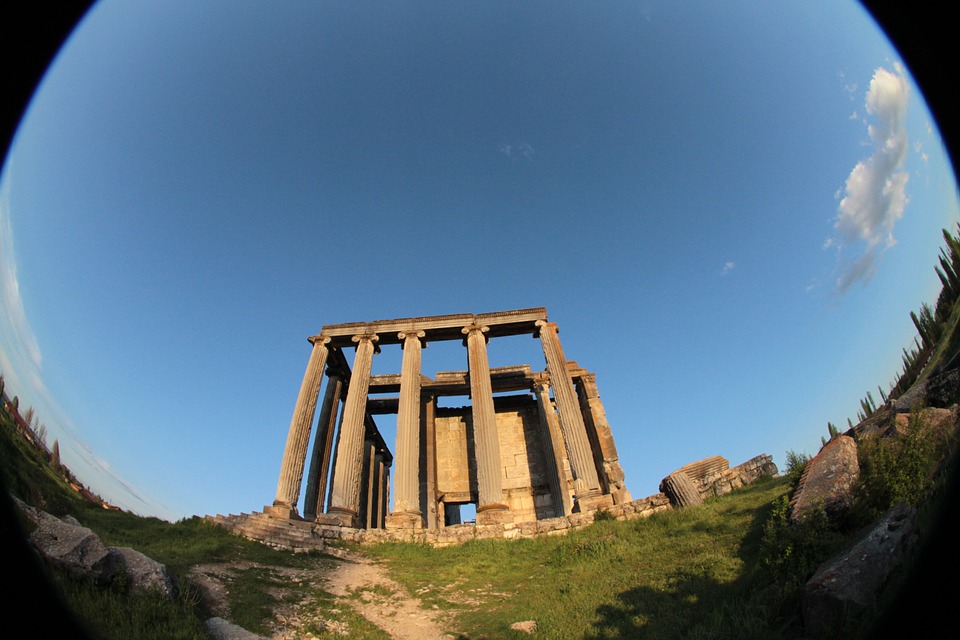
In the image above, one can clearly see the ground getting warped around the outside edge of the sphere. It's a full 90 degree change in direction. Had that been the Earth, all the countries not in the very center of the sphere would be completely unrecognizable. But in the photos from space we can see them getting thinner on the outside of the globe but they are not getting warped or twisted. Getting thinner is a natural aspect of viewpoints. For example, if you write a word on paper but make it disproportionately tall and skinny, one would have to look across the paper rather than at the paper to read it. Example given below.
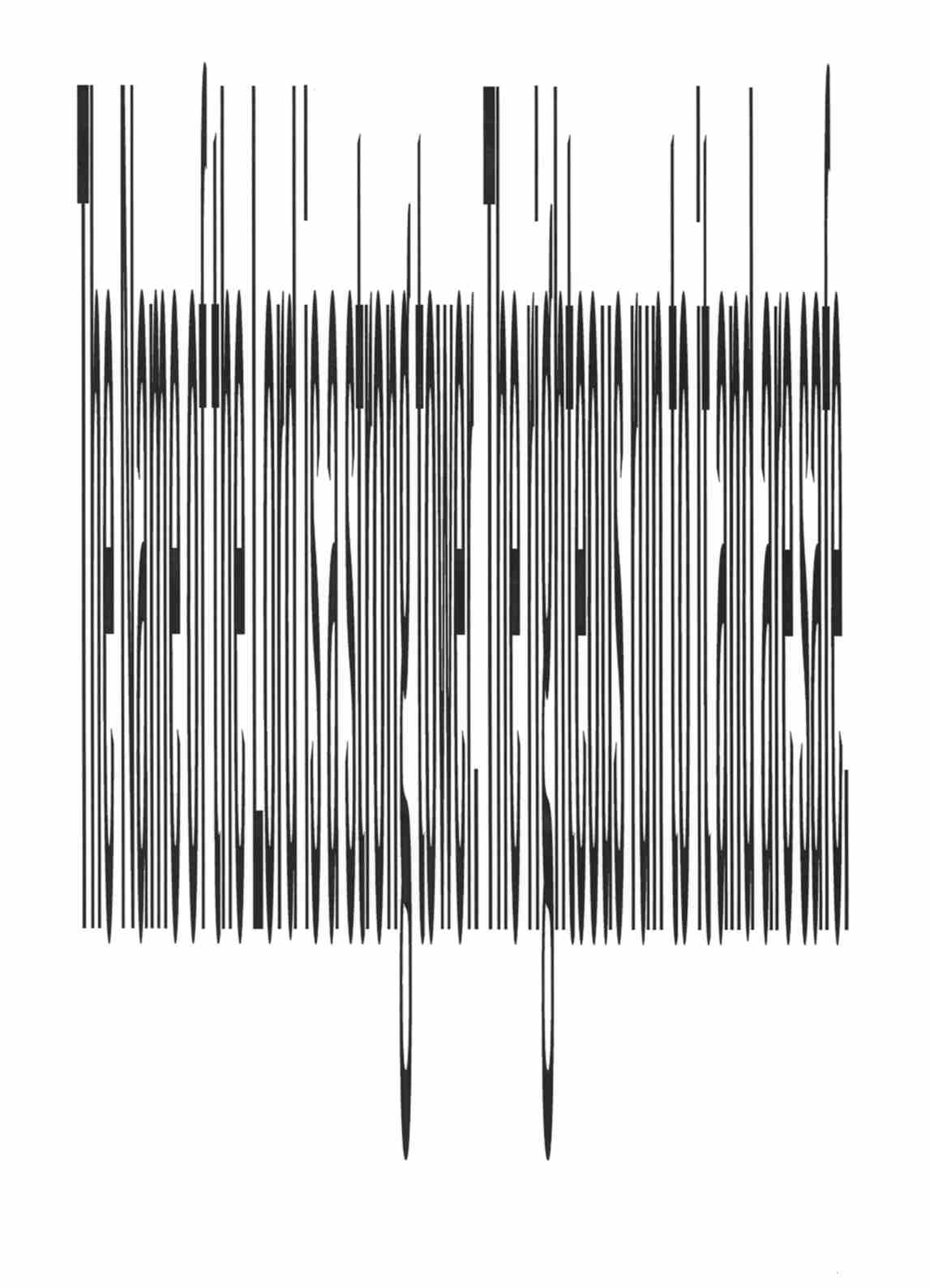
If you are reading this article on a phone then you can tilt your phone down so you are looking across the surface (bottom to top) and the letters will get less skinny and become readable. The inverse would be true if you took a normal object and looked across that object. Rather than becoming readable it would be come very skinny or fat depending on which direction you were looking across it. This is consistent with the pictures of the globe we have. However, the pictures of the globe are consistent with photos take from fish eye lenses.
2) Another issue with the fish eye lens is that if the earth had an ice wall around it, surely it would appear in the border of the photos and videos. But the photos are doctored, right? No they are not but for argument sake, let's say they were and that NASA just draws them on a computer.
What about the guy who made the Red Bull jump from "space"? I was told by flat-earthers that the globular nature of the camera view was due to the fish eye effect. But if that is true, why didn't I still see the ice wall and how could they doctor a live video feed? Furthermore, why wasn't the jumper or his balloon obscured by the fish eye?
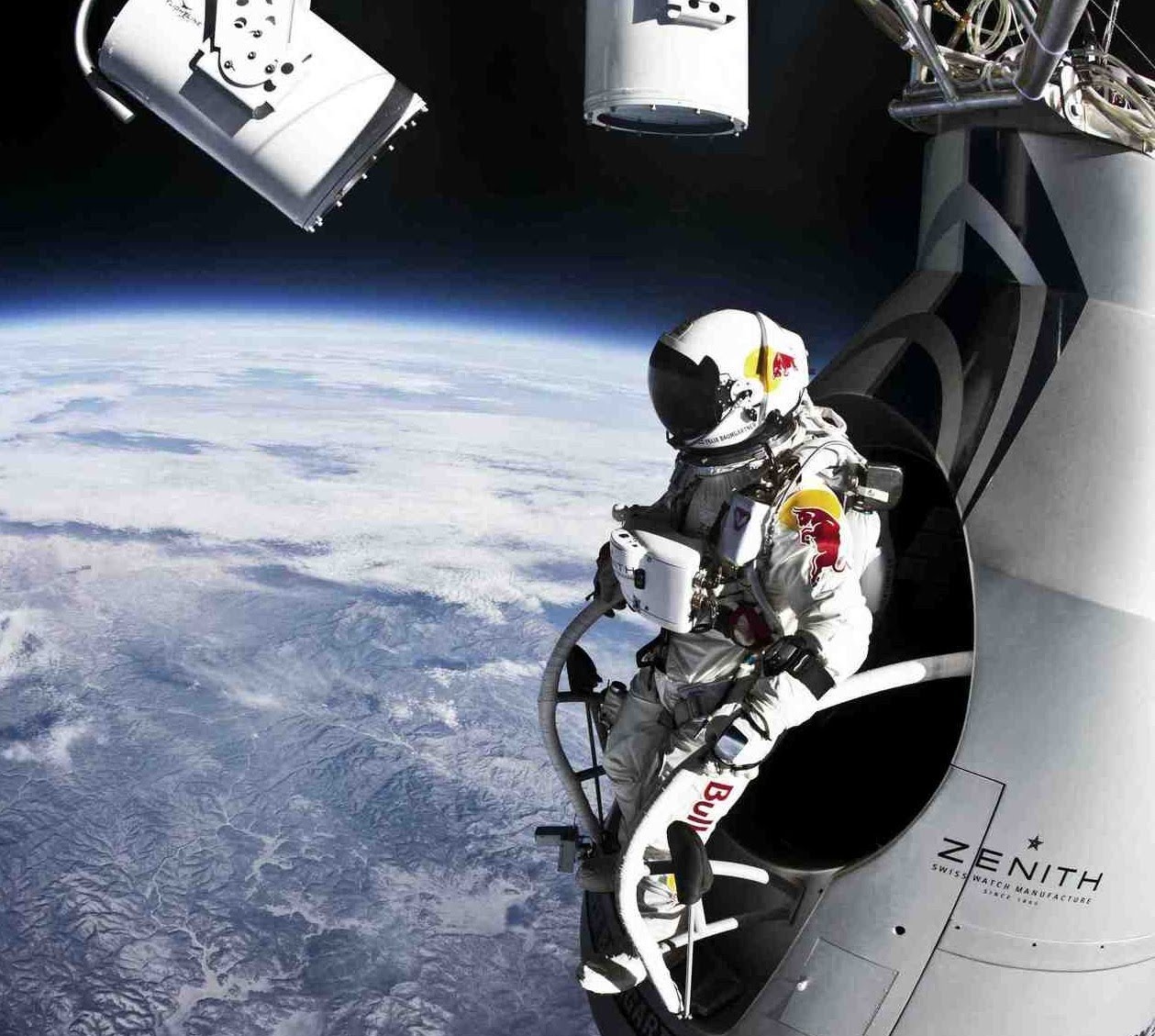
How is the lens warping the horizon of the Earth but nothing else?
3) Flat-earthers are also confused about how a fish eye lens actually works. It's more than just a curved piece of glass. Simply looking out of a curved window (like some planes) would not reproduce the same result as a fish eye lens. To get the fish eye effect you need a curved lens and an inverted lens also. Simply using a curved piece of glass or looking out of a helmet with curved glass will not produce a fish eye.

How many motorcycle riders have you seen with flat glass helmets? You never have. How many motorcycle riders complain about the fish eye effect distorting their view? None. I've been biking myself for over a decade and the curved piece of plastic in front of my face never once distorted my vision.
The fish eye lens theory is simply the worst of the worst. It make no sense and no flat-earth theorists has even attempted to do a serious test on the subject.

Comments